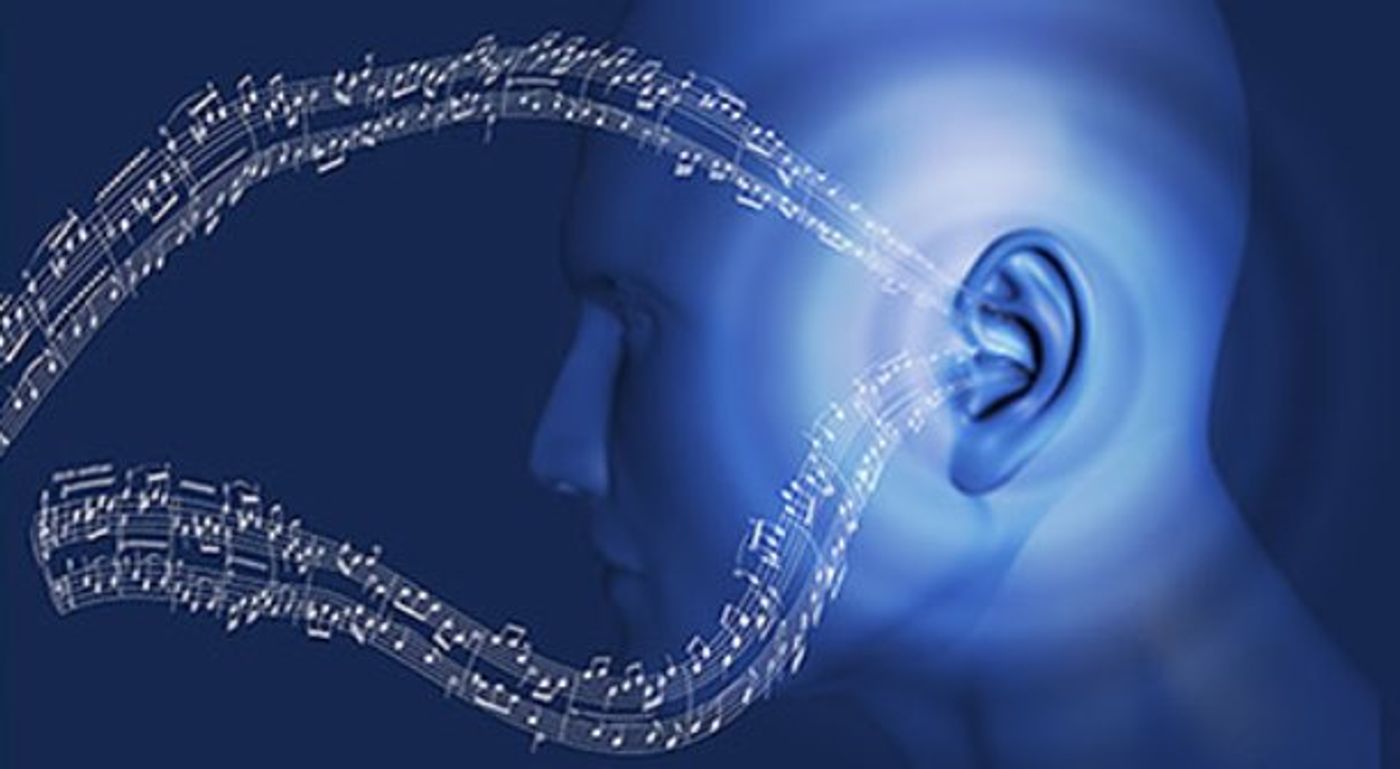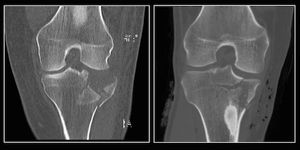Cochlear implants are small electronic devices that allow people who are deaf or severely hard of hearing to hear. These wonderful devices work by bypassing much of the machinery in the ear to directly stimulate the auditory nerve. As of 2012, over 324,000 cochlear implants have been put into use. While cochlear implants greatly improve the ability of implantees to hear and understand speech, there is some difficulty with cochlear implants and the perception and enjoyment of music. Music is a much more complex auditory process than speech, with pitch, melody, harmony, rhythm, and timbre all factoring into music perception. Different hardware and software have been tried to rectify this issue, but the fact is that there are significantly less auditory neurons available to process all these facets of music in a deafened person. Cochlear implants are capable of providing a deaf person with a representation of speech, but they do not entirely restore normal hearing and that is most apparent when cochlear implantees are listening to music.

A group at Columbia University Medical Center lead by Dr. Anil Lalwani are approaching the problem of music enjoyment from a different angle. Past work has focused on engineering the tech to make a better representation of the music, but Lalwani and colleagues are engineering the music itself to be more enjoyable for implantees. This study, published in
Behavioural Neurology, specifically looked at which features of music were most pleasant to cochlear implant users (CI users). To do this, they took a piece of music, “Milk Cow Blues” performed by Angela Thomas Wade, and broke it down into its individual components. “Milk Cow Blues” (the song in the background in the video below) has many recorded tracks such as vocals, three different melodic musical instruments (guitar, piano, and fiddle), and well as percussion. The researchers generated 20 different combinations of recorded tracks, not including the original song with all the tracks. All 21 variations on the song were presented to CI users, normal hearing adults (NHs), and NH with cochlear implant simulation.
Overall, the CI users found that the modified songs containing 1-3 instruments were the most pleasant to listen to. While this may not seem like a blockbuster discovery, it could go a long way in improving the quality of life of the hundreds of thousands CI users. Music is such a powerful force that ~30% of CI users got a cochlear implant simply to be able to listen to music again. Hopefully Dr. Lalwani and colleagues will one day be able to take this research and compose music specifically for the cochlear implant community.
Sources:
EurekAlert,
NIH,
Behavioral Neurology


















































